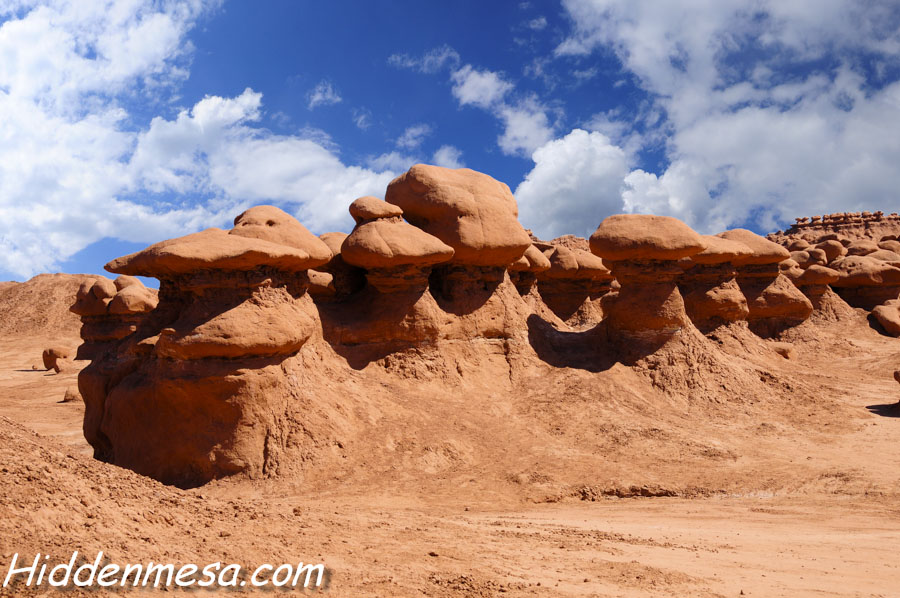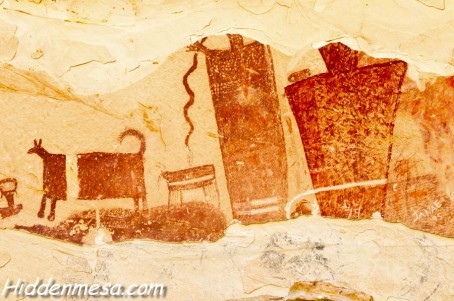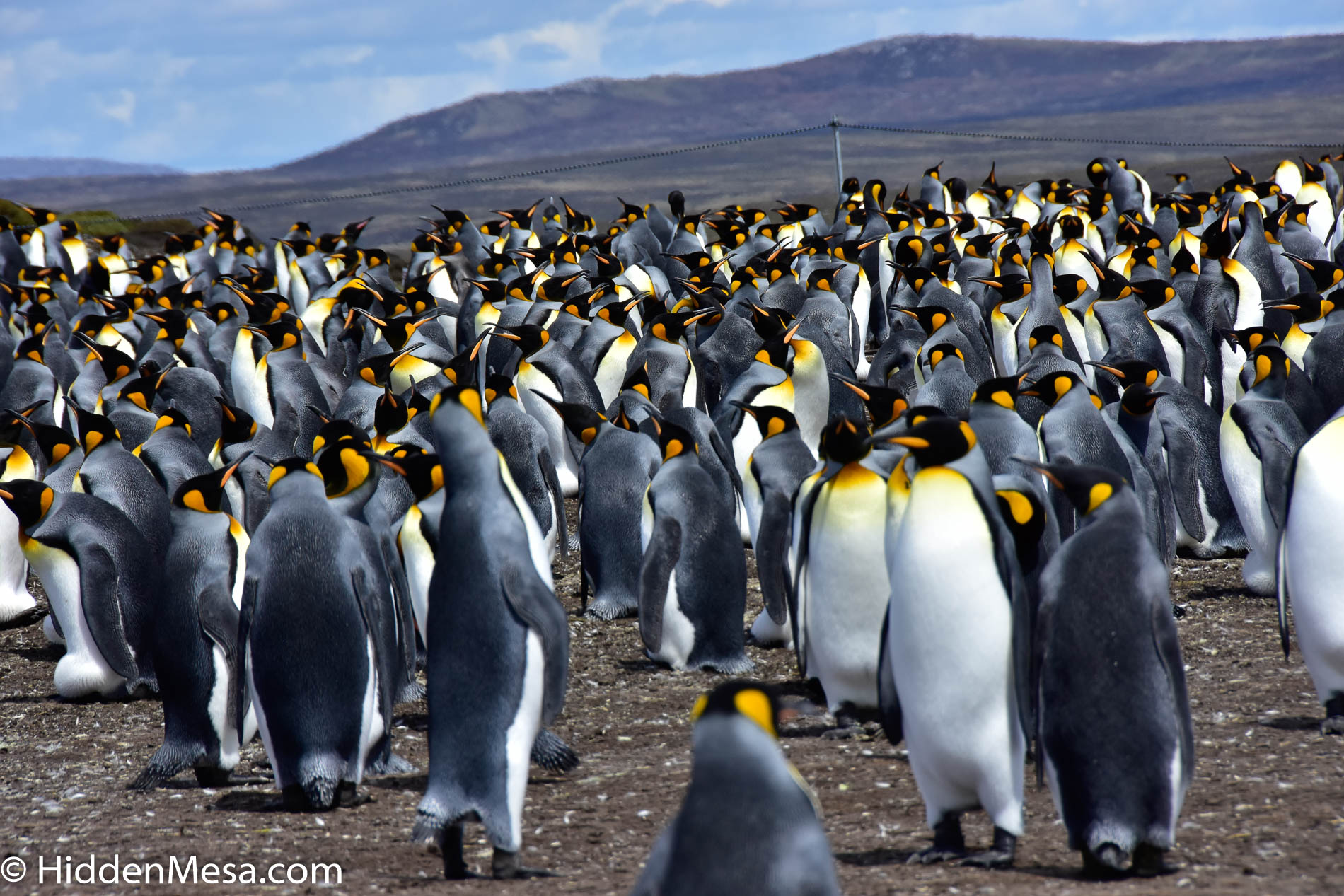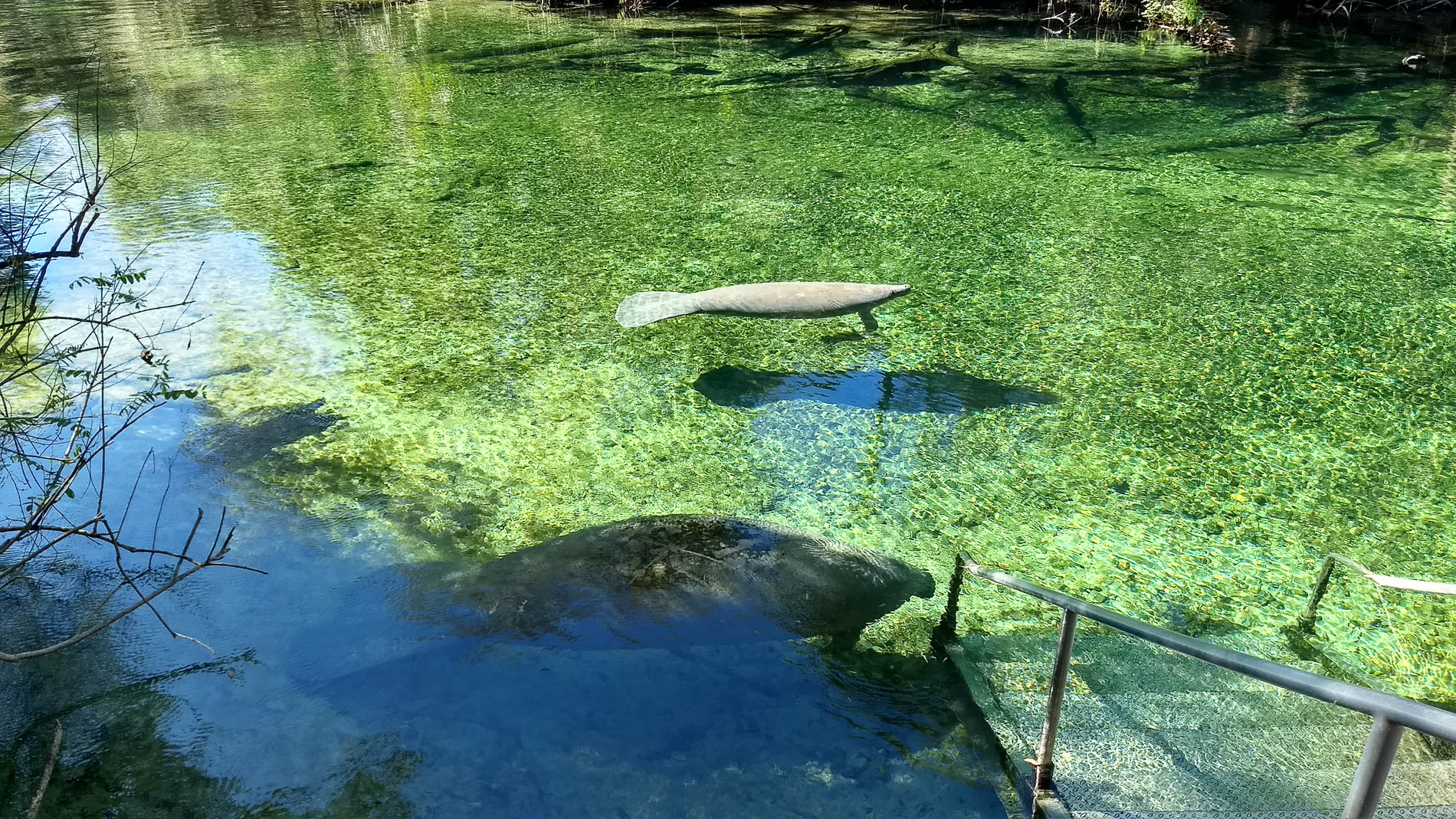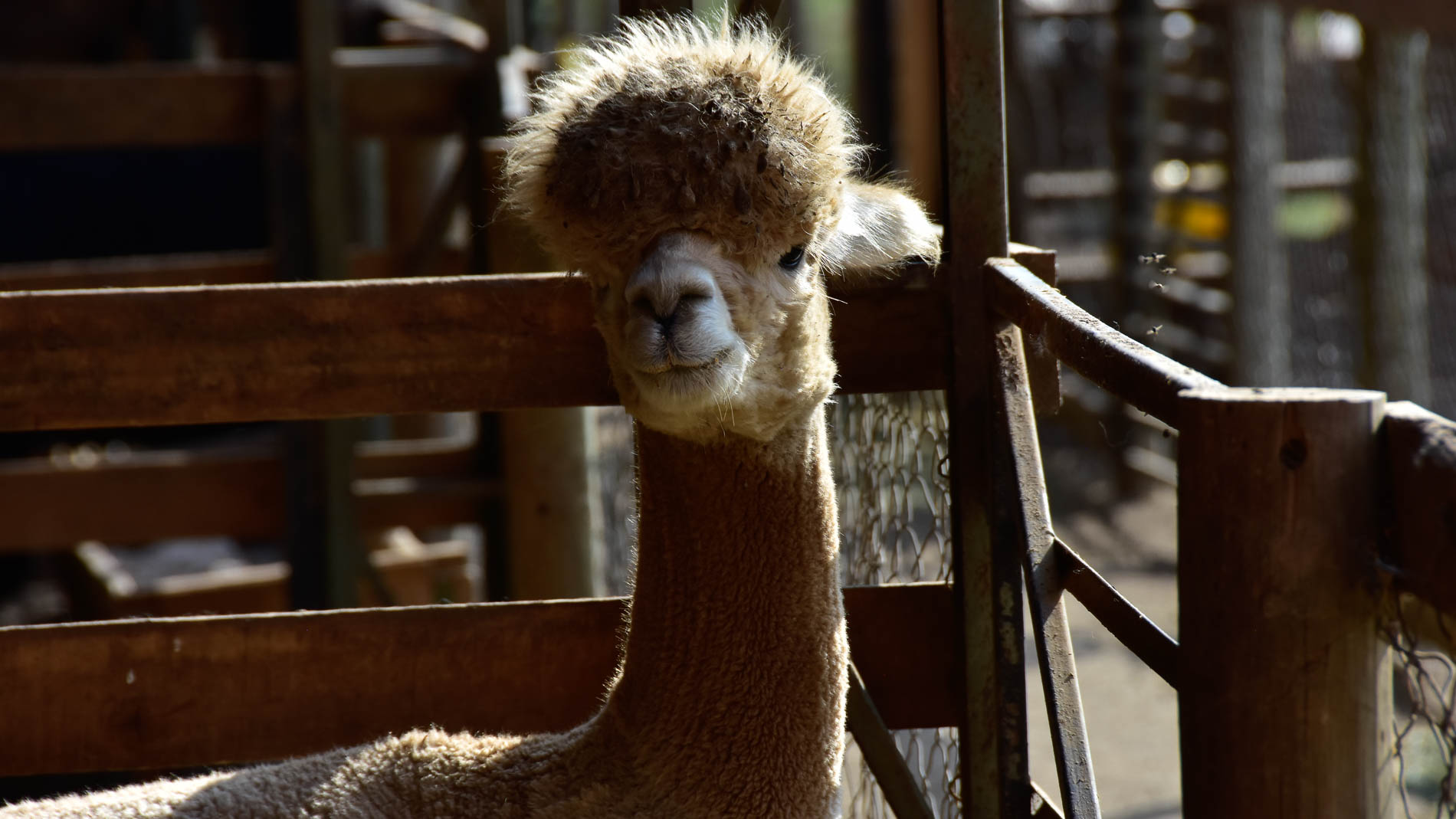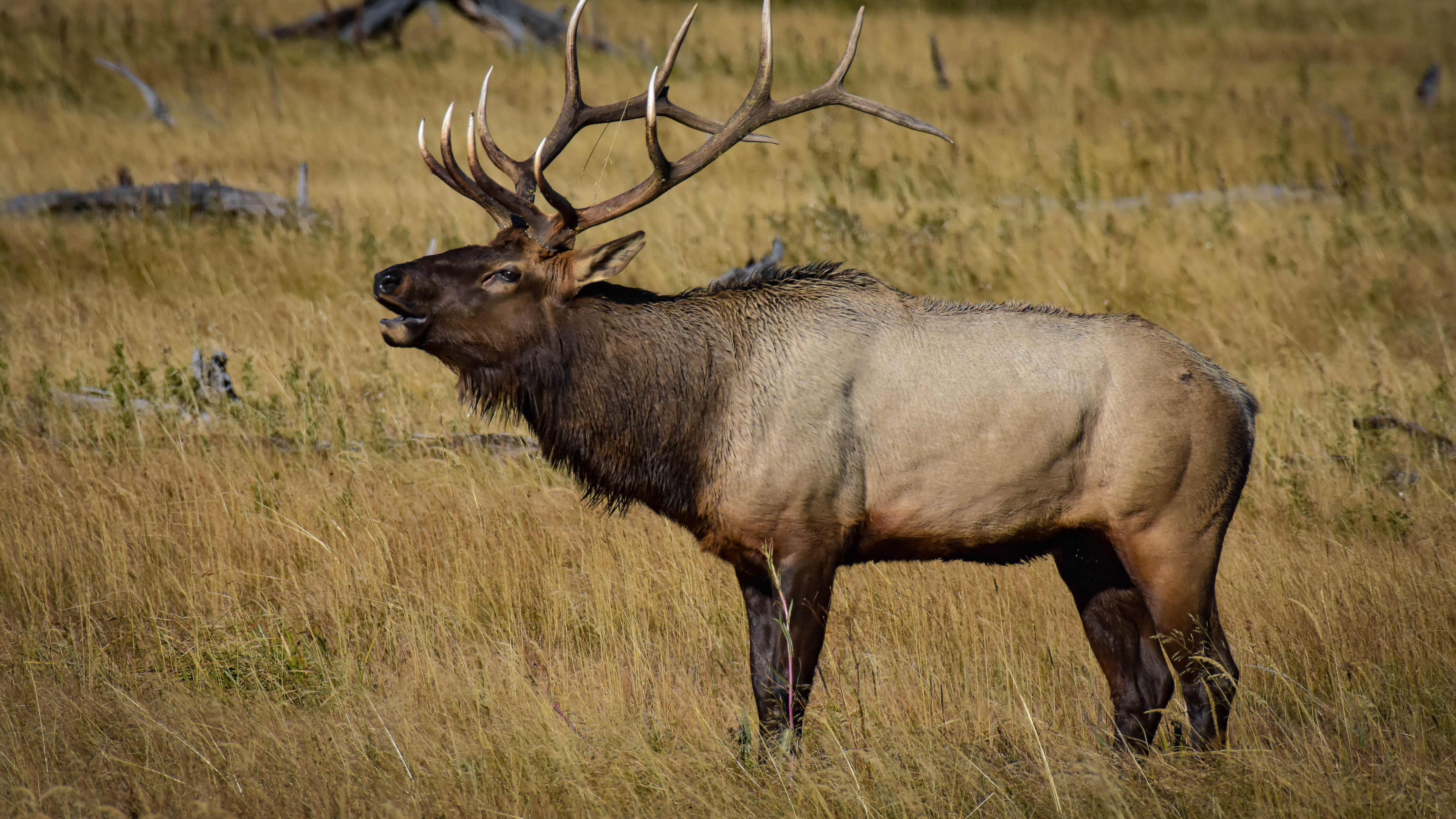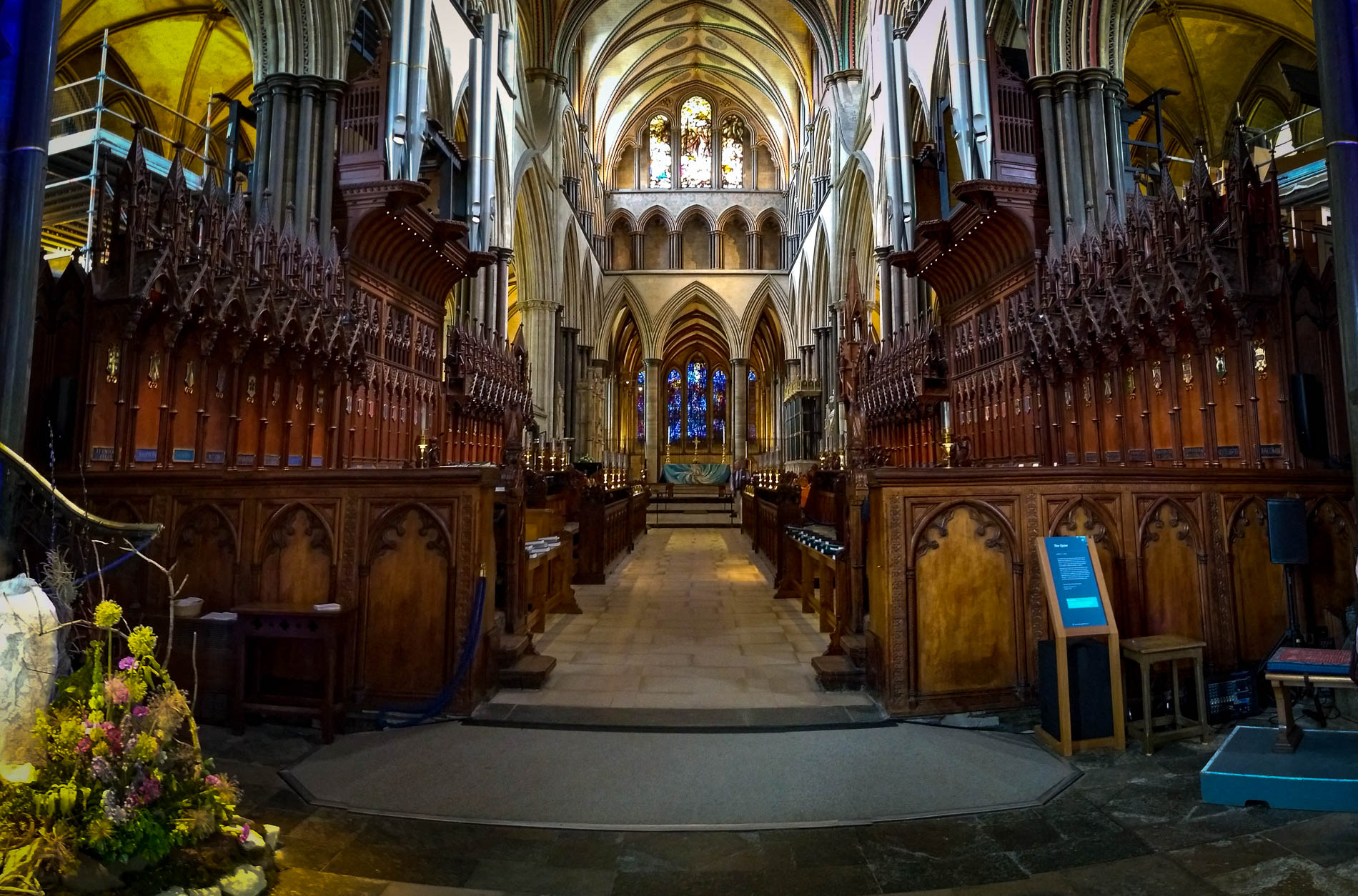If you were blindfolded, taken to Goblin Valley and told that you had just walked through a Stargate and were now on the mysterious red planet Entrada Prime, it might just be believable. Goblin Valley State Park near Hanksville, Utah, is just that kind of place. Just a little imagination, and you can easily pretend that you’re not on Earth any longer. In fact, portions of the space comedy “Galaxy Quest” were filmed here because of the unusual shapes of the rocks. In the movie, some of the rocks were alive and attacked Tim Allen!
All throughout the Colorado Plateau, for literally millions of years, oceans, lakes, and desert sand dunes contributed to the building of various layers of rock. After the plateau began to rise and was no longer near the oceans and lakes, erosion began to reverse the process. Goblin Valley is no different in that respect, but it’s location probably contributed to the unusual manner in which it has eroded.
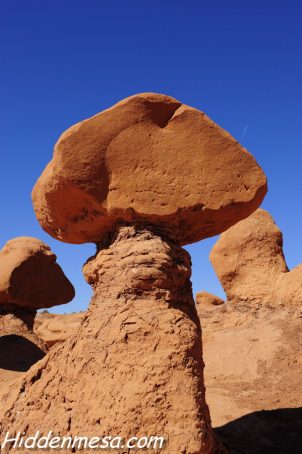
The top layer of Entrada sandstone is thought to have been deposited 170 million years ago. Harder than the stone below it, the rock forms rounded tops as the lower layers of stone erode away at a faster rate. Image by Donald Fink
The “Goblins” at Goblin Valley appear to have been formed in a similar fashion to the Hoodoos at Bryce Canyon, with a couple of important differences. First, like Bryce Canyon, the sandstone and silt that was deposited near the bottom of the formations are not as hard as the Entrada Sandstone on the top. At Bryce Canyon, much of the erosion occurs by constant freezing and thawing as water in small cracks beneath the tops of the Hoodoos slowly breaks down the soft rock. At Goblin Valley, the primary difference is that erosion occurs not from constant freeze cycles, but from wind and rain.
Secondly, the harder sandstone on top developed many cracks early in the erosion process. Erosion along the cracks happened faster than on the flat surfaces, making the tops more rounded. Goblin Valley receives more rain, where Bryce Canyon is more likely to receive snow. Because of location, rock formations that were very similar in composition eroded in very different ways.
Goblin Valley is a day trip. While there’s a campground available, it is more a tent campground rather than a full service facility for large RVs. There is water, restroom, and shower facilities available, but no hookups at the sites. To get there, head north on Highway 24 from Hanksville and follow signs. From Green River, go west on I-70 to highway 24. Turn south on highway 24 and go about 30 miles. Follow signs.
One fascinating feature about Goblin Valley is that kids seem to absolutely love this place. In the two trips we made to research this article, kids were having the time of their lives playing among the rock formations. It’s probably in part because the park is not organized in terms of staying on trails. Visitors are free to roam the valley floor among the rocks in virtually any way they want. The second reason is probably that because of the unusual shapes of these features, it’s just a fun place to be. Be careful when wandering around these formations. The rocks are in a natural state of erosion, and they do fall from time to time.
Another attraction in the area that’s worth mentioning is a great set of rock paintings that should be viewed while you’re in the area. When you exit the park, you would normally turn right on the Heart of Sinbad Road (this road is labeled “Wild Horse Road” on Google maps) after leaving the entrance. Instead of right, go left, or west. After you pass a large parking area on the left, and about a mile down the road from your left turn, you’ll see a pipe in the ground on the right side on top of a small knoll. Turn off the road at one of the three “driveways” and proceed to the pipe. Park anywhere in that area, and look up into the vertical rock wall opposite the road, or north. You’ll see some great rock paintings that anthropologists believe were left by people we call the “Barrier Canyon People”. They’re called Barrier Canyon because the first observation of their rock paintings were categorized along Barrier Creek in Horseshoe Canyon. At the time, Horseshoe Canyon was called Barrier Canyon.
These people were believed to have occupied the Utah and western Colorado area at least 7,000 years ago, based on carbon 14 dating of artifacts of a similar style to the artwork. There are actually two examples of art on this panel. The horned figure on the far left is from the Fremont people, and is nearly 1,000 years old. The other paintings are from the Barrier Canyon people, and are at least 2,500 years in age. As you’ll see, this panel has been damaged from rifle fire by people who obviously cared nothing about preserving a lost culture for others who might actually care. Don’t disturb these paintings. Many examples of this art, especially in Canyonlands National Park near Moab, has been dated at between 1,500 and 3,000 years. Carbon dating on this art is possible because it was painted with dyes derived at least in part from organic materials.
Have a look at our image gallery of Goblin Valley here
So, when you’re in the Capitol Reef area, take a day, pack a lunch and some water and visit Entrada Prime at Goblin Valley State Park. After that, attend the 3,000 year old art gallery from a people long gone. It will be well worth the visit.

